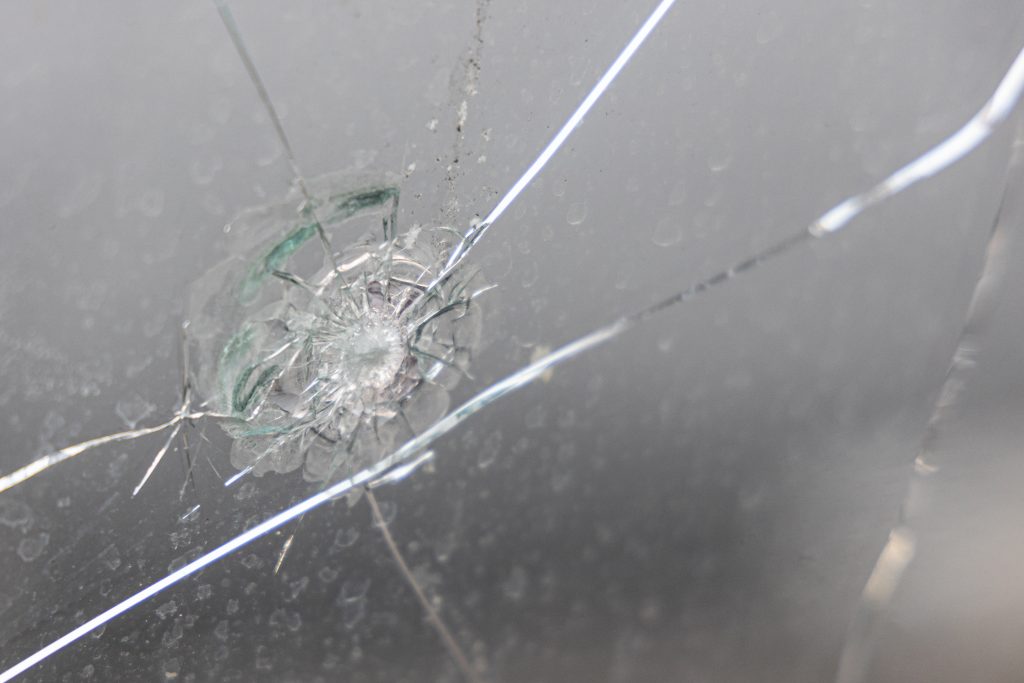Based on the construction features, the glass for windshield can absorb shock in a different way, preserving the safety of passengers.
The characteristics of the glass for car windshields
It is essential for the occupants of the passenger compartment that the windshield glass is impact resistant and that in the event of a collision it does not shatter into a thousand pieces.
Over the years, they have been developed new materials and new products, who have provided more security guarantees.

Il tempered glass and laminated glass, two types of material that are widely used for the realization of the windscreens of cars, as they are able to absorb the impact with an external body in a much safer way.
Tempered and laminated glass: characteristics and differences
Cars of the most modern generation are equipped with windshields and rear windows made of tempered glass or laminated glass
Glass is said to be "hardened"When it is obtained through a production process called 'annealing'.
With tempering, the glass is subjected to a heat treatment at very high temperatures (about 700 °) followed by instant cooling.
If the temper has a uniform distribution, internal tensions are created in the glass plate which are distributed evenly.
On the other hand, if the thermal shock varies during the tempering phase, the dynamic behavior of the sheet can also vary. In this case, we speak of differentiated tempered sheet.
This means that there is a different mode of fragmentation.
La feature distinctive of a tempered windshield glass Is that of fragment completely when even a single point on the surface of the sheet is subjected to a stress higher than the resistance limit.
For safety reasons, the sheet is hardened to produce small, light and blunt splinters.
check the resistance and quality of a laminated glass the 'fragmentation test' is used. It identifies three different tempering zones, each of which is characterized by the maximum dimensions of the fragments produced.
Il laminated glass o composite (called 'laminate') is instead composed of several 'layers' of thin glass, interspersed with an intermediate sheet of plastic material, the PVB (polyvinyl butyral). Typically, the composite structure involves two layers of glass (about 3mm thick) interspersed with one of PVB much thinner (less than half a millimeter).
Thanks to the layered structure, even in the event of a collision, the laminated windshield is able to absorb the impact with a foreign body maintaining its structural integrity.
The surface has the typical 'spider web break', in which the cracks are progressively sparser than the epicenter of the impact.
The functions of the windshield glass
The windshield is an integral element of the bodywork; therefore, as such, it plays a very important role in determining the aerodynamic coefficient of the whole car. In addition, it also has a protective function, not only with respect to air and other external agents (such as dust or smog) but also with respect to sunlight.
Finally, as superfluous as it may seem, the transparent surfaces serve to offer good visibility to the driver: this is why it is important to keep them clean, using the wipers whenever necessary.
Source: https://newsmondo.it/vetro-per-parabrezza-laminato-temprato/motori/



